Walmart Expands Drone Delivery to Metro Atlanta, Signaling a New Phase in Last-Mile Fulfillment
Reading Time: 4 minutesWalmart is accelerating its push into next-generation fulfillment by expanding its drone…
The upgraded Etsy Marketplace Integration for Shopify is packed with the perfect set of features to make your life as a seller more comfortable then ever before. The app now makes shipping seamless for international clients and accepts products in other languages besides English. In addition to that, sellers can now import newly added products from Shopify as well.
With more than 40 million buyers and about 2.1 million active sellers, Etsy has been ruling the world of creativity for a long time now. Sellers who deal in art and craft, handmade and vintage products are fond of this marketplace. Etsy offers attractive storefront, huge audience and a bunch of other appealing features.
For sellers who are running their business on Shopify and want to take a step forward by opting for multi-channel selling, selling on Etsy can be the best move.
With the Etsy-Shopify integration app, sellers can add products on Etsy straight from their Shopify store. Adding new listings on Etsy from scratch can be a humongous work. But you can save yourself from that pain if you know how to integrate Shopify with Etsy. Once installed on you Shopify store, the Etsy Marketplace integration will allow you to create Listings, bulk upload of products on Etsy and manage your products, orders and shipments without hustling between two separate stores. In other words, Etsy Marketplace integration will do everything for you.
Certainly, the new upgrade in the Etsy marketplace integration app is here to give sellers a lot of time to relax!
The feature allows sellers to create dedicated profiles for different product categories which contain the information of products on various levels. For example, sellers can now decide categories, attributes, pricing and other related information of an item using a particular profile. This helps in bulk-upload of products on Etsy. Moreover, this will help you organise and manage your listings.
To list a product on Etsy via the app, you will need to add it in a profile. Here’s how to create a profile
Good news for sellers engaged in cross-border selling !
In case you choose to have a different currency on your Etsy store, the Currency Converter in the app will automatically convert the currency you have on your Shopify store to the one you’re willing to use on your Etsy store. Similarly, the app’s multilingual feature makes it possible for sellers to convert item language according to their Etsy store. They can choose from 9 languages and 23 currencies.
Earlier the products with their item information only in English could be imported to the app. It is no longer the case. Now sellers using Etsy-Shopify Integration can upload products listed in other languages as well. This upgrade will benefit the sellers from Europe as the customers prefer the native language over English.
Firstly, we need to understand what Templates are. To begin with, Templates contain pre-defined rules that you set for your products. You can create various templates for different groups of products as per your need. Each type of template contains details that are essential but repetitive for products, hence creating a Template for your products enables you to manage them with ease and saves a lot of time.
Similarly, creating an inventory template will make it possible for sellers to provide inventory details that they wish to apply to the products that fall under a specific profile.
Sellers can optimize the standard inventory status of an item or group of items to ensure availability of items at all times. With that, sellers can define a maximum inventory status so the item is never-out-of-stock. Similarly, they can also set a threshold frequency which alerts them whenever the inventory status is lower than threshold.
Here’s how to set up an inventory template:
Just like Inventory Templates, Shipping templates contain important shipping details and can be assigned to many products at once. This will save a lot of seller’s time as they won’t have to do this for each product separately.
Shipping Templates are based on the ‘Dispatch origin’. Sellers need to add ‘minimum and maximum processing days’ detail to each template. In addition, sellers have the option to set different shipping charges for different destinations. For instance, you can charge differently for shipping to Canada and USA, respectively.
How to set a shipping template:
Read more to know about Shipping Templates!
If new products are added to the Shopify store and the seller wishes to add them to the Etsy store as well. This can easily be done by importing the products to the Etsy Integration app. After that, you can assign a Profile to the products and simply upload them on the Etsy Marketplace.
How to add new Products to the app:
Etsy sellers who have apparels as their listings and use Etsy integration app can benefit from the POD (Print-on-demand) functionality. Moreover, they are no longer required to stock inventory in advance and can easily work on the instant-demand-fulfillment model. For instance, whenever the customer places a personalized apparel request, the order is acknowledged and inventory is procured. This saves sellers from overstocking.
The user design of the Etsy marketplace integration for Shopify complies with Polaris theme guidelines and offers user experience similar to Shopify dashboard. This makes app operations easier to understand and manage. But most importantly, will make you feel at home!
To know how to integrate Etsy with Shopify check out this video now!
Selling on Etsy and Shopify separately can be a hectic task. Juggling between two different stores trying to manage both will only result in decreased efficiency of your work. With Etsy integration app taking care of your products and order management you will have more time to figure out ways to grow your business.
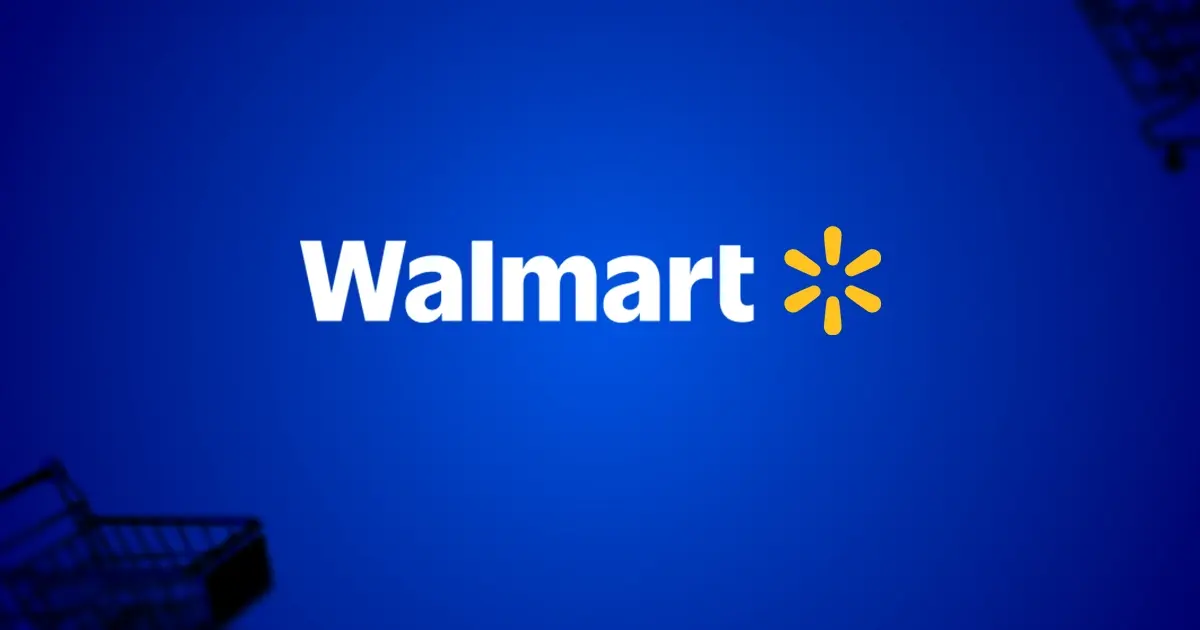
Reading Time: 4 minutesWalmart is accelerating its push into next-generation fulfillment by expanding its drone…

Reading Time: 4 minutesFaire, the fast-growing wholesale marketplace connecting independent retailers with emerging brands, has…

Reading Time: 4 minutesB2B buying in the United States is undergoing a fundamental behavioral shift…
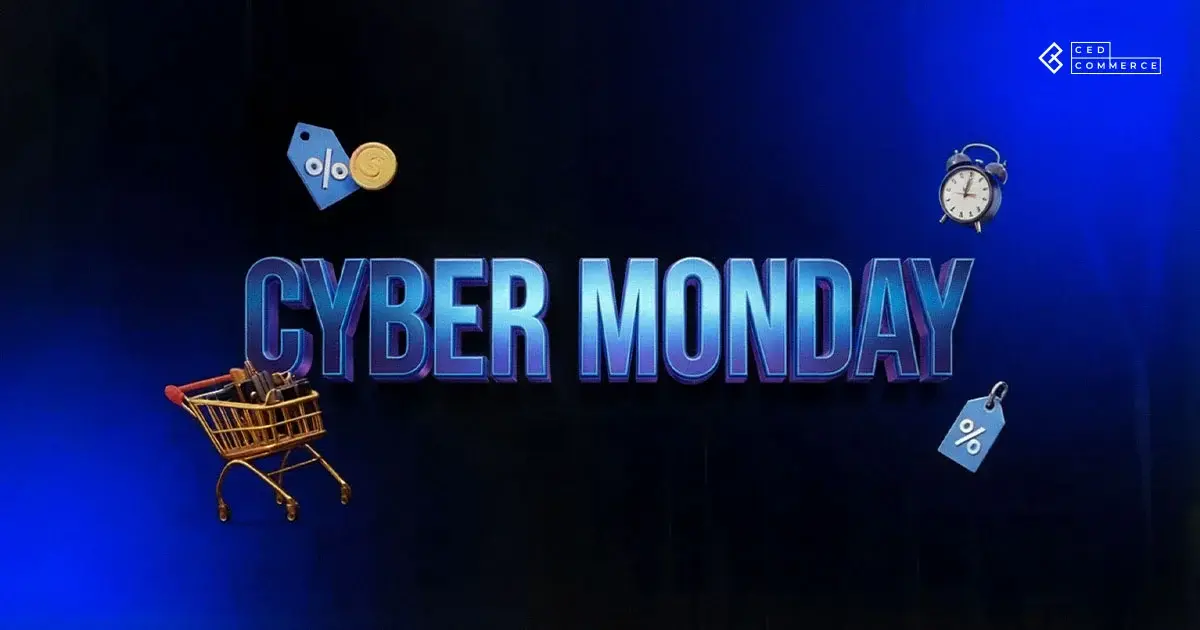
Reading Time: 3 minutesSummary Cyber Monday 2025 has officially become the largest online shopping day…

Reading Time: 2 minutesSummary Amazon kicked off December with two major developments shaping the future…

Reading Time: 2 minutesSummary Walmart has entered December with two major moves that signal a…
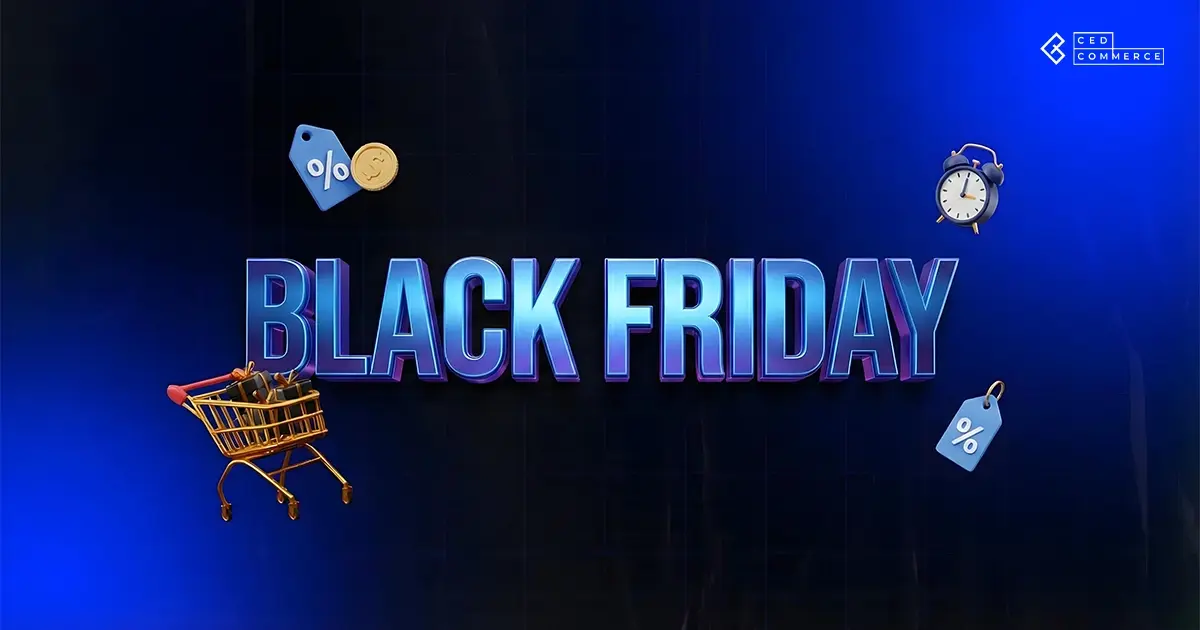
Reading Time: 2 minutesBlack Friday 2025 delivered the strongest U.S. eCommerce performance in history, as…
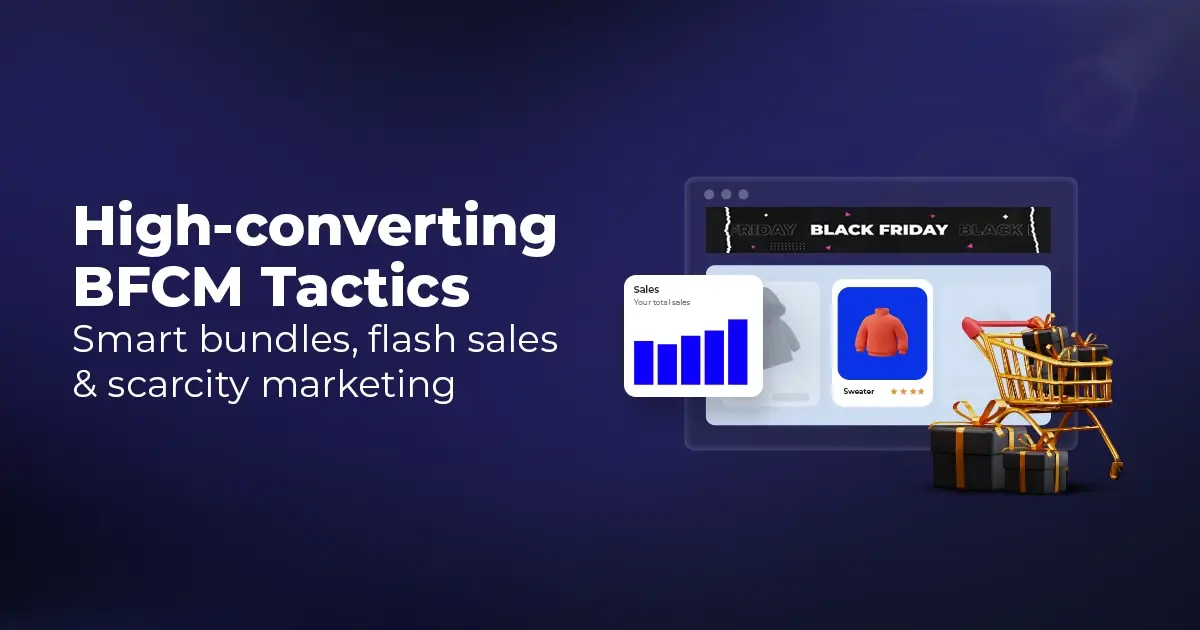
Reading Time: 13 minutesStill approaching BFCM with generic discounts, last-minute price cuts, or scattered promotions?…

Reading Time: 3 minutesTikTok Shop reached a major milestone during its largest U.S. “Global Black…

Reading Time: 3 minutesOpenAI has announced a new AI-powered shopping research tool designed to help…
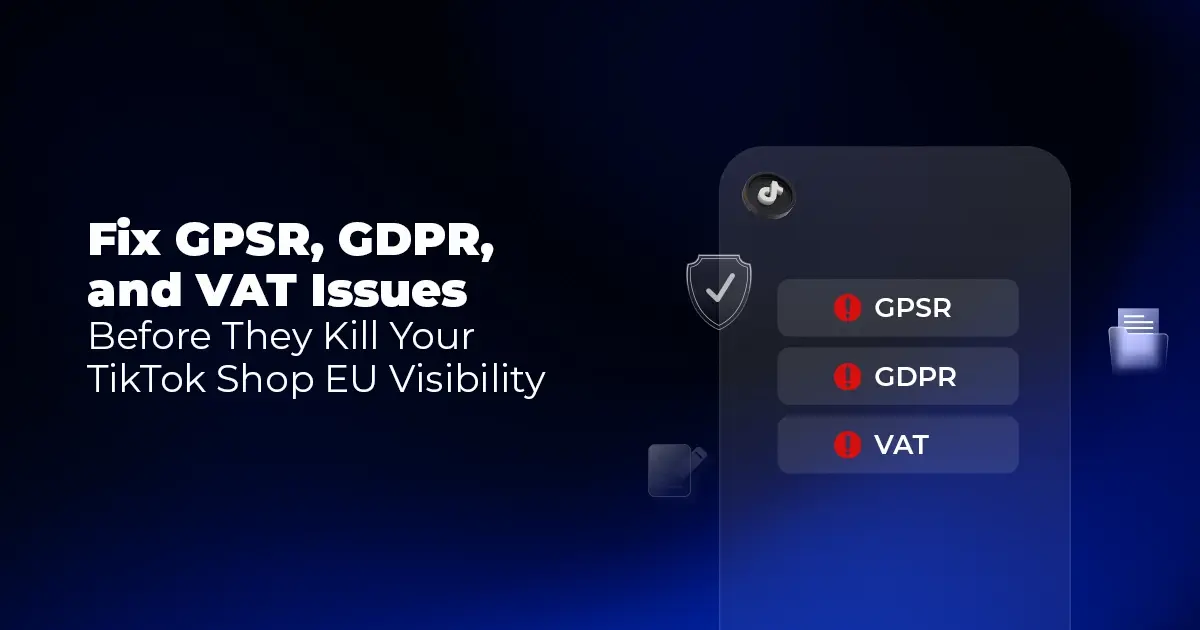
Reading Time: 9 minutesIf your TikTok Shop listings often sit in review or your visibility…

Reading Time: 3 minutesAmazon has rolled out a new “Seller Challenge” feature for eligible Account…

Reading Time: 3 minutesWalmart Marketplace has sharpened its requirements around product classification (category, type group,…

Reading Time: 3 minutesJust ahead of Black Friday, Amazon is enforcing tighter controls on its…

Reading Time: 11 minutesWhere holiday prep of past years focused on legacy channels like Amazon,…
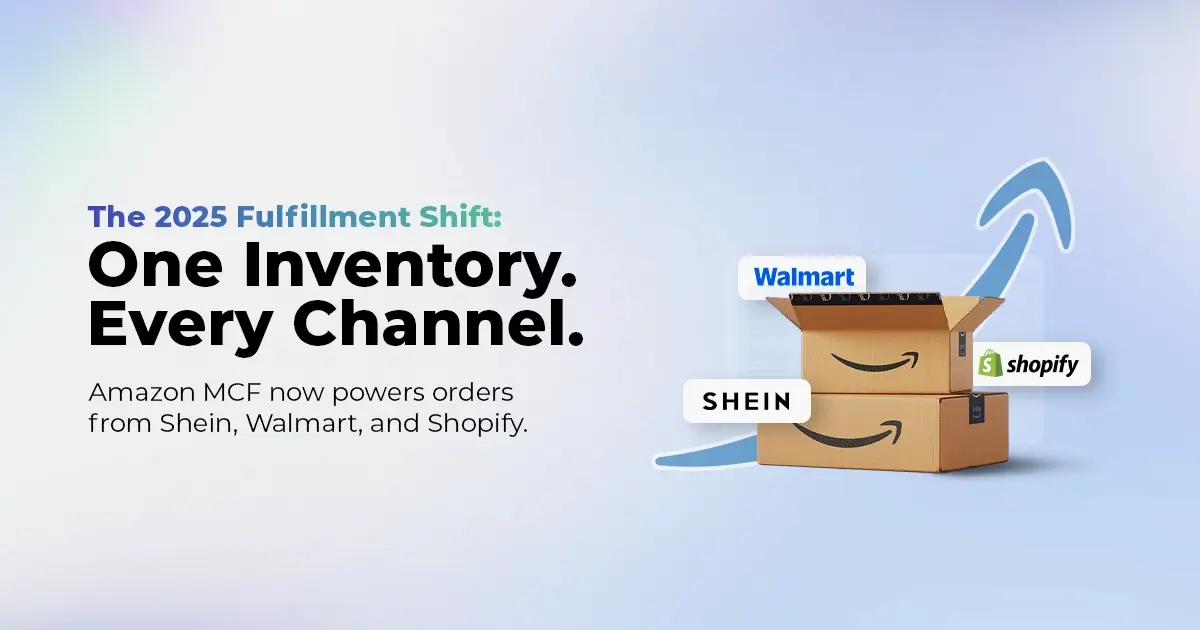
Reading Time: 11 minutesThe eCommerce shift you actually need to act on Multi-channel fulfillment has…
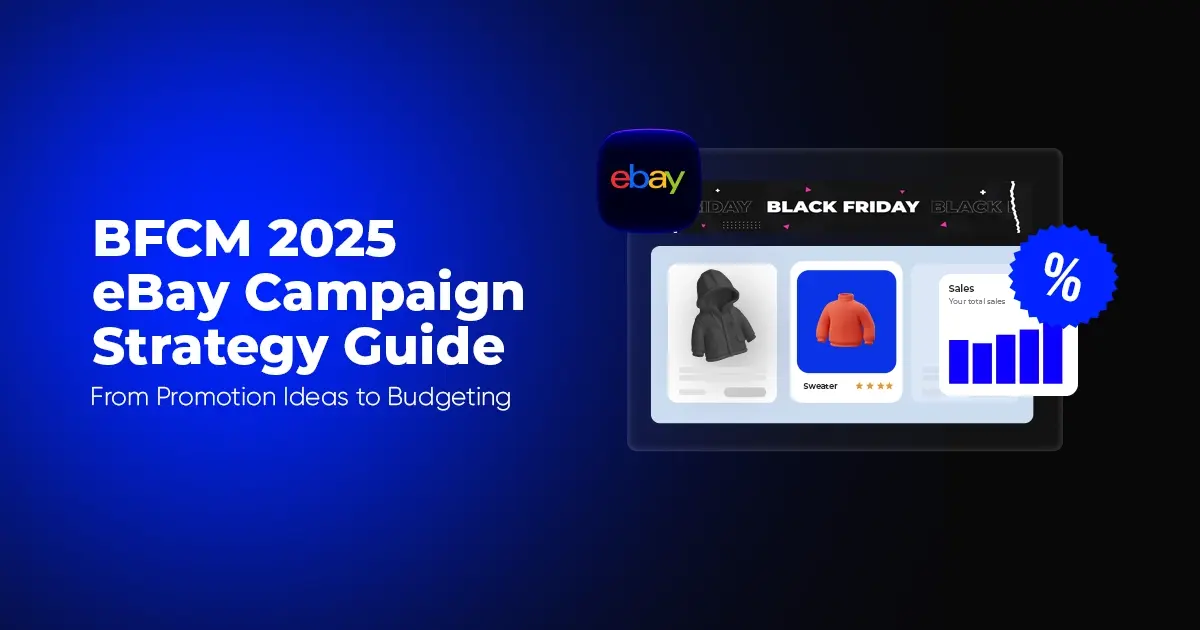
Reading Time: 10 minutesBlack Friday Cyber Monday (BFCM) isn’t a weekend anymore; it’s a two-month…
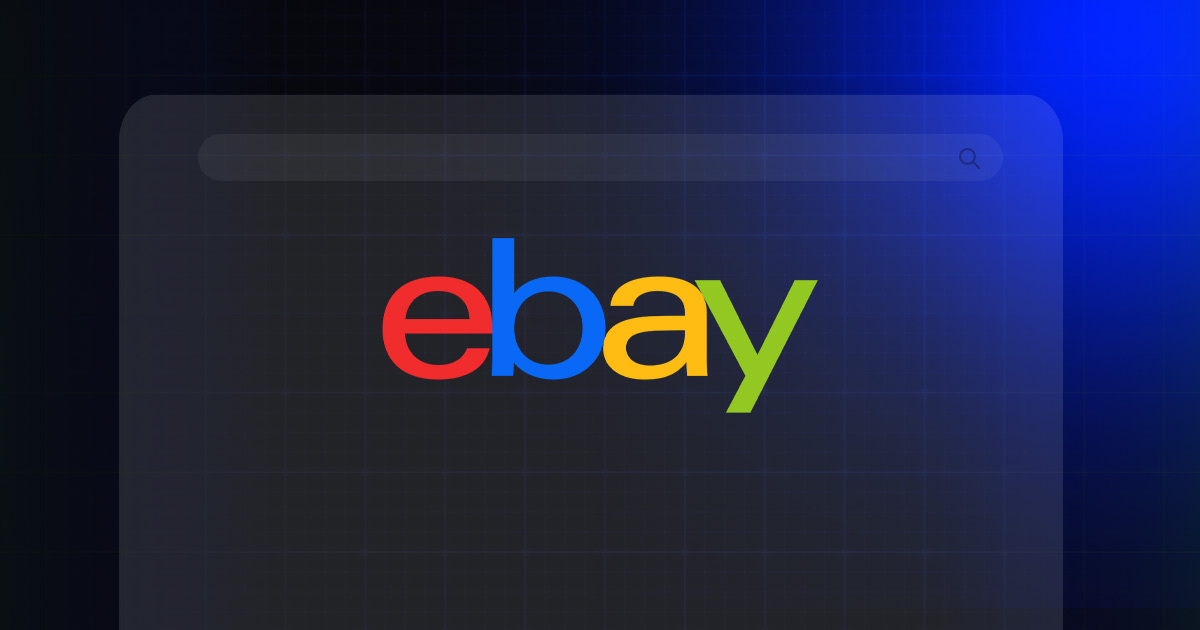
Reading Time: 2 minuteseBay is quietly testing a new feature that could reshape how buyers…

Reading Time: 2 minutesAmazon is stepping into a new era of value commerce with the…
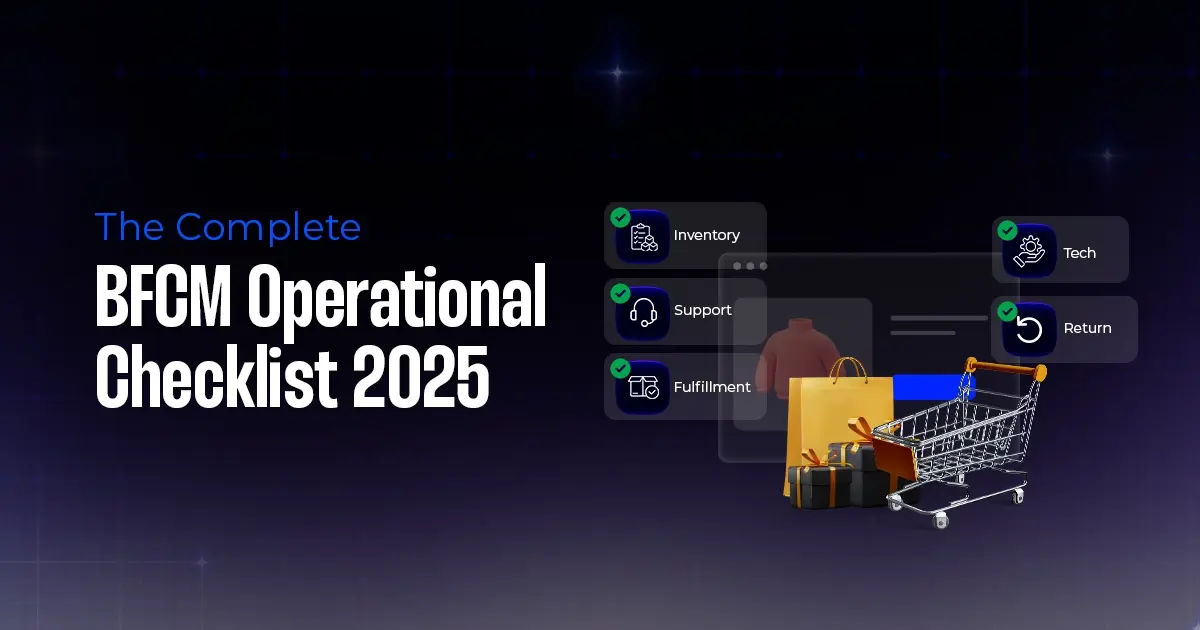
Reading Time: 11 minutesThe $240 Billion BFCM Opportunity & Why Operations Matter Every seller, business,…